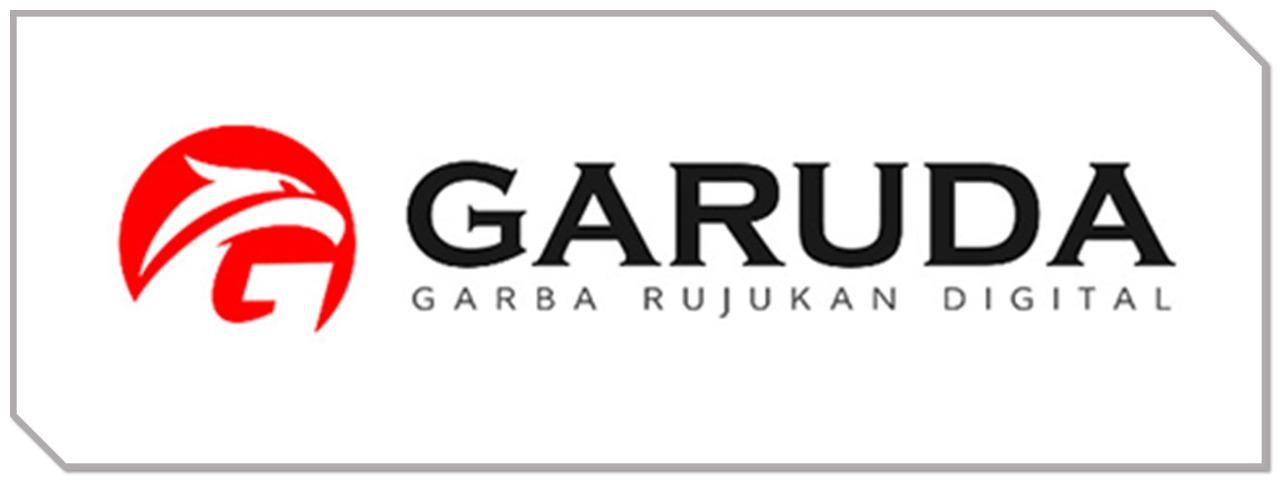Pembuatan Kekasaran Permukaan Material ST 37 terhadap Kecepatan Pemakanan pada Milling Machine
DOI:
https://doi.org/10.30588/jeemm.v2i1.352Keywords:
speed of food, milling machine, roughness, material ST 37Abstract
One of the ideal geometric characteristics of a component is a smooth or rough surface. In practice, it is not possible to obtain a component with a smooth/rough surface. This is due to several factors, such as the human factor (operator) and the factors of the machines used to make it. However, with technological advancements, the growing apparatus capable of forming surface components with a high degree of fineness/roughness, according to the standard measures applicable in metrology, is advanced by geometric measurement experts through research experience. Fineness level/roughness of a surface is very important role in the planning of a machine component, especially concerning the problem of lubrication friction, wear and tear, resistance to fatigue and so on. Therefore, in the planning and manufacture must be considered first about which machine equipment should be used to make it and how much the cost must be incurred. In order for the process of manufacture, there is no significant deviation, then the characteristics of this surface should be understood by the planner even more by the operator. Communication of surface characteristics is usually done in engineering drawings. But to explain perfectly about the characteristics of a surface seems difficult. The research method is started by preparing instrument that is Milling Machine which is used to make surface roughness and Surface Roughness Tester is done 3 times test with variable speed of food which is different equal to 7,3; 13; 24.5 mm/put. With a speed of 102 rpm Rpm, and a depth of 0.4. Next, determine the material roughness level with Surface Roughness Tester. After all, done will get the data test results, followed by analysis and discussion so that will get final conclusion. From the research results obtained the following results: there is a difference in the level of roughness in each material with different feeding speed. The feed rate of 7.3 mm / put yielded 0.64 μ, 13 mm / put roughness generated 1.32 μ, 24.5 mm / put yielded 3.77 μ. The process of measuring the roughness of the material with the speed of feeding is slower, the smoother the surface roughness, the faster the speed of the feeding the more rough. The range of syrup result is also influenced by the speed of the food. The faster the movement of the range range the wider the surface roughness is the opposite.
References
Daniel. (2012). Surface Analysis of Machined Fiber Glass Composite Material. Recent Researches in Manufacturing Engineering, Université de Franche-Comté.
Deepak, K. (2012). Effect of Process Parameters on Surface Roughness During Grinding of Hot Work Steel AISI H11 Under Dry, Wet and Compressed Gas Environment. India: Department of Mechanical Engineering, M.Tech. Scholar, DAVIET Jalandhar.
Dhiah, P. (2010). Karakterisasi Tingkat Kekasaran Permukaan Baja St 40 Hasil Pemesinan CNC Milling Zk 7040 Efek dari Kecepatan Pemakanan (Feed Rate) dan Awal Waktu Pemberian Pendingin. Surakarta: Tugas Akhir, UNS.
Rahdianta, D. (2010). Pengantar Mesin Bubut dan Frais. Yogyakarta: Universitas Negeri Yogyakarta.
Chockalingam, P., & Wee, L. H. (2012). Surface Roughness and Tool Wear Study on Milling of AISI 304 Stainless Steel Using Different Cooling Conditions. Melaka, Malaysia: Faculty of Engineering and Technology, Multimedia University.
Mott, R. L. (2004). Elemen-elemen Mesin dalam Perancangan Mekanis. University of Dayton.
Syed. (2012). Machinability of Glass Fiber Reinforced Plastic (GFRP) Composite Materials. International Journal of Materials Processing Technology. African.
Downloads
Published
How to Cite
Issue
Section
License
Authors who publish with Jurnal Engine: Energi, Manufaktur, dan Material agree to the following terms:
Authors retain copyright and grant the Jurnal Engine: Energi, Manufaktur, dan Material right of first publication with the work simultaneously licensed under a Creative Commons Attribution 4.0 International License that allows others to share (copy and redistribute the material in any medium or format) and adapt (remix, transform, and build upon the material) the work for any purpose, even commercially with an acknowledgment of the work's authorship and initial publication in Jurnal Engine: Energi, Manufaktur, dan Material. Authors are able to enter into separate, additional contractual arrangements for the non-exclusive distribution of the journal's published version of the work (e.g., post it to an institutional repository or publish it in a book), with an acknowledgment of its initial publication in Jurnal Engine: Energi, Manufaktur, dan Material. Authors are permitted and encouraged to post their work online (e.g., in institutional repositories or on their website) prior to and during the submission process, as it can lead to productive exchanges, as well as earlier and greater citation of published work (See The Effect of Open Access).


















